
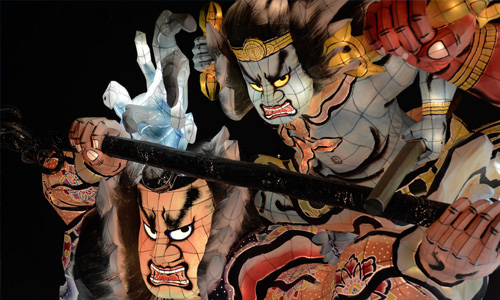
Aomori
Aomori is located just below Hokkaido and is surrounded by sea on three sides. It is the gateway to Hokkaido with car ferry and train lines going through. Aomori is famous for its apples and sake, as well as festivals like the Nebuta Matsuri Festival.
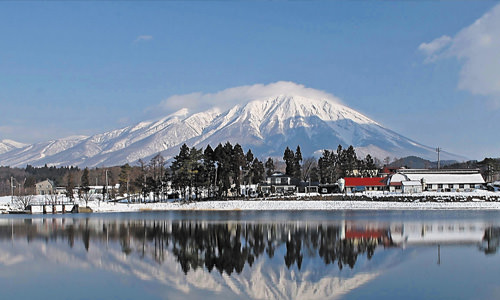
Iwate
Blessed with a long coastline that faces the Pacific Ocean, Iwate has many natural fishing ports that provides the country with fresh seafood. A great range of outdoor activities can be enjoyed in Iwate, especially along Mt. Iwate and Appi Plateau.
Read More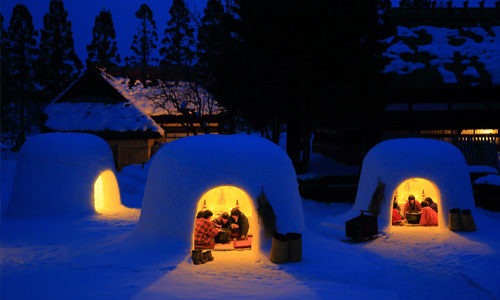
Akita
Akita is rich in both mountainous and oceanic landscapes, as well as in traditional culture, which can be seen in small towns, hot springs and their many unique festivals. Akita is known for providing one of the best quality rice and sake in Japan.
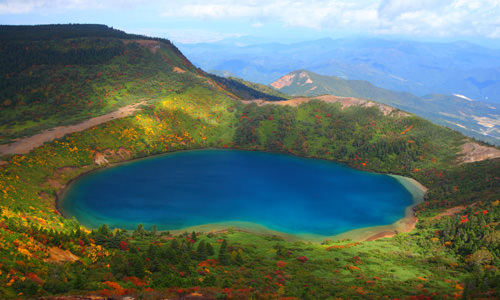
Miyagi
Miyagi is one of the most scenic places of the Tohoku area. Not only does the grand Zao mountain range run through the inland of Miyagi, but over to the Pacific Ocean side, there are 260 or so islands that are topped with pine trees in Matsushima Bay.
Read More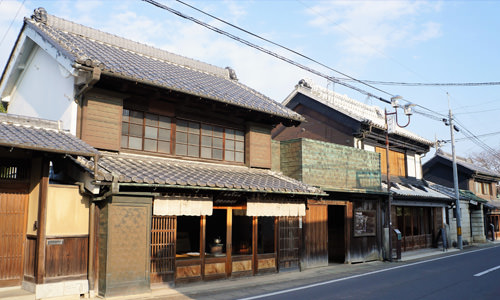
Ibaraki
Ibaraki has a mellow atmosphere surrounded by different natural landscapes such as the Pacific Ocean to the east, mountainous areas in the north as well as grand rivers, lakes and waterfalls, including Kasumigaura, the second largest lake in Japan.
Read More
Tochigi
Tochigi is located north of Tokyo, and its city of Nikko is frequented by both local and foreign visitors for its many UNESCO registered heritage sites. The many shrines and temples in Nikko include the extravagantly decorated Toshogu Shrine.
Read More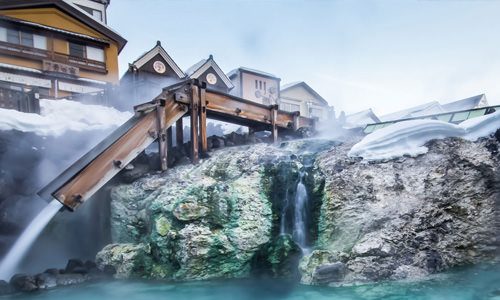
Gunma
Gunma is mostly known for its hot springs and it is situated in between Tochigi and Nagano prefectures. Gunma is home to many famous hot spring resorts such as Kusatsu Onsen, which has one of the highest quality hot spring water in Japan.
Read More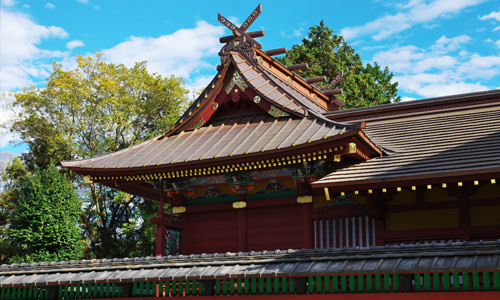
Saitama
Saitama is Tokyo’s next door neighbour to the north side. Although there are rural and mountainous parts towards the west along with Chichibu-Tama-Kai National Park, it is a mainly suburban area, being so close to the city of Tokyo.
Read More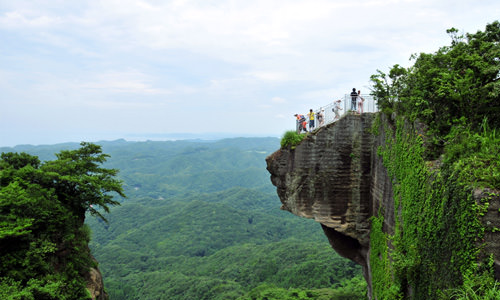
Chiba
Located to the east of Tokyo, Chiba is a busy, metropolitan area that sees many Japanese and overseas visitors. The inflow of visitors mainly come for one of two reasons; to fly out from Narita International Airport or to visit Tokyo Disney Land.
Read More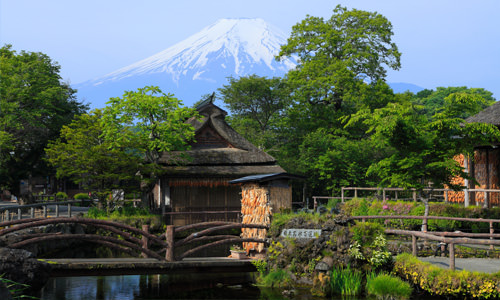
Yamanashi
Home to the northern half of Mt. Fuji, Yamanashi is an inland prefecture rich in nature and gorgeous scenery. The most famous attraction of Yamanashi is of course, Mt. Fuji and the Fuji Five Lake, but areas like Yatsugatake highland is also popular.
Read More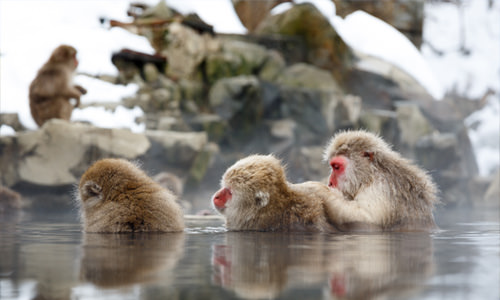
Nagano
Nagano is known as one of Japan’s most popular snow holiday destinations that hosted the 1998 Winter Olympics game. It’s a landlocked prefecture that’s home to famous hot spring towns like Nozawa Onsen and the adorable hot-spring-loving snow monkeys.
Read More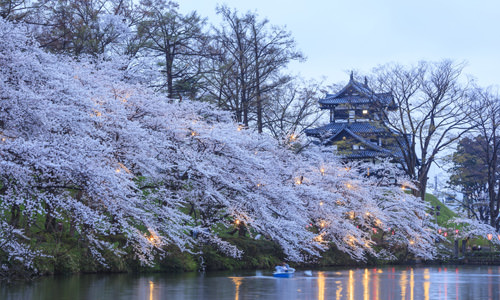
Niigata
Niigata faces the Sea of Japan and it is known for its extreme snow falls and excellent sake. The Echigo Mountain Range made of 2,000 meter-high-mountains runs through the middle of Niigata, providing prime destinations for snow sports enthusiasts.
Read More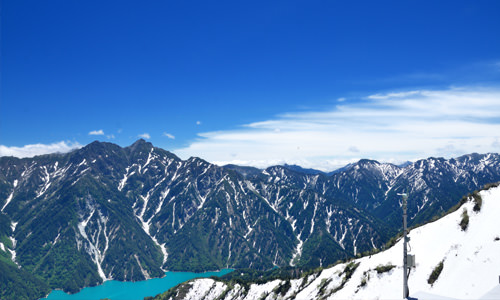
Toyama
Toyama is very rich in nature, surrounded by tall mountains on three sides and facing the Sea of Japan. It is a popular destination for hikers, who head to the world famous Tateyama Kurobe Alpine Route to explore some of Toyama’s highest mountains.
Read More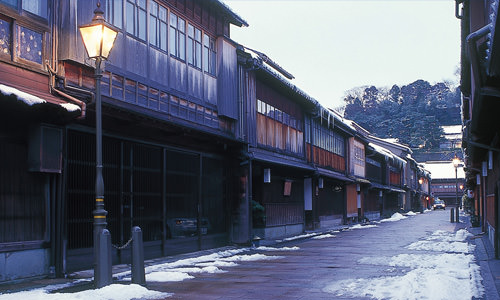
Ishikawa
Ishikawa is located on the coastline facing the Sea of Japan, it’s known for well preserved historic sites and fresh seafood. Thanks to the new Hokuriku Shinkansen bullet train line, Ishikawa’s fantastic attractions are easily reachable from Tokyo.
Read More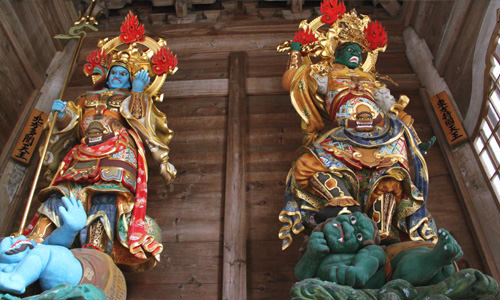
Fukui
Fukui is a part of the Chubu Region, and faces the coast of the Sea of Japan. It’s known for various attractions such as the Tojinbo cliff and Fukui Dinosaur Museum but it’s most well known for one of Japan’s top Zen temples, the Eiheiji Temple.
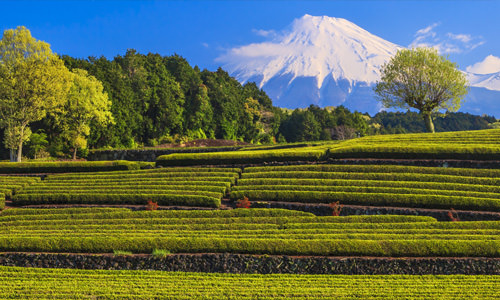
Shizuoka
Shizuoka is home to Japan’s most iconic, volcanic mountain Mt. Fuji, and it faces the Pacific Ocean giving it a versatile landscape. To the south of Shizuoka is the Izu Peninsula, most popular amongst visitors during summer for its sandy beaches.
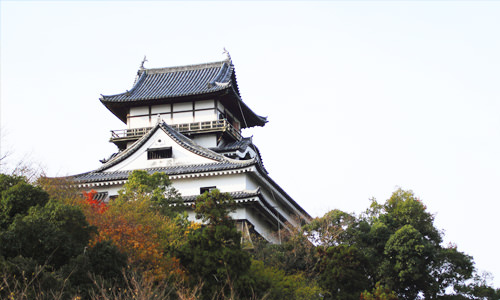
Aichi
Located in the centre of Japan, Aichi is a highly industrial land, where car manufacturer, Toyota is headquartered. Its capital City of Nagoya has Nagoya Castle which is well known for the two golden imaginary fish-like animals that top its roof.
Read More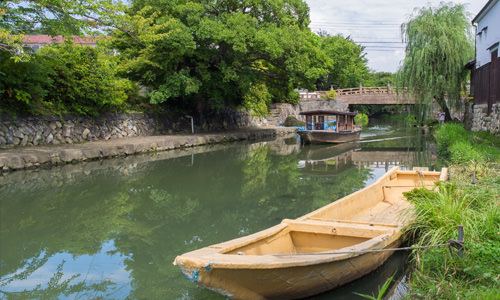
Shiga
Shiga is located in the Kansai region, and is centred around the largest freshwater lake in Japan, Lake Biwa. Throughout history, Shiga has had a lively culture due to the central location within Japan and offers many heritage site-seeing locations.
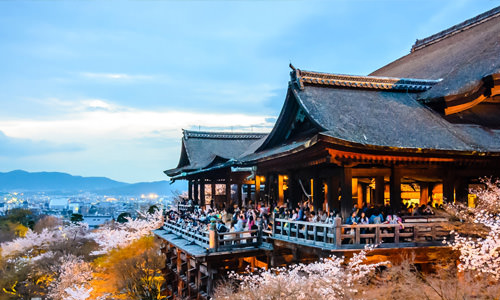
Kyoto
As a former capital city of Japan, Kyoto has always been one of Japan’s most important cultural capitals. Kyoto is filled with extravagant temples and shrines, such as the golden Kinkaku-ji Temples and offers traditional entertainment to its visitors.
Read More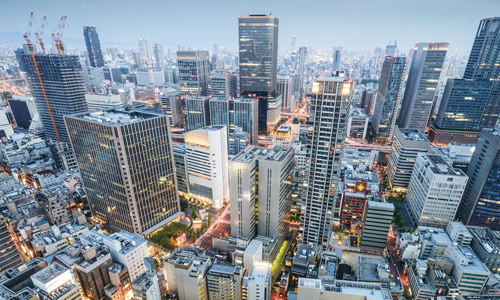
Osaka
Osaka is the cultural and economical centre of western Japan. It is surrounded by mountains on three sides, however, it’s Osaka’s vibrant and innovative culture that produced sushi trains and the tallest building in Japan that attracts its visitors.
Read More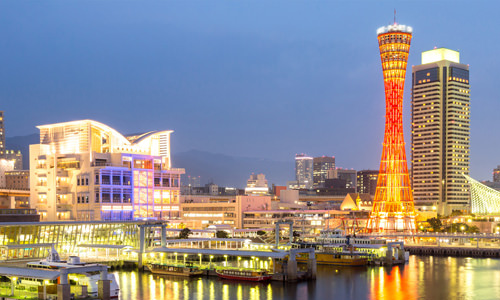
Hyogo
Home to the UNESCO Wolrd Cultural Heritage listed Himeji Castle, Hyogo is a culturally rich prefecture that faces both the Seto Inland Sea and the Sea of Japan. There are several beaches and rugged yet beautiful oceanic scenery along the inland sea coastline.
Read More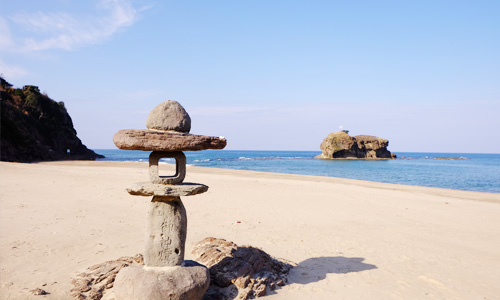
Tottori
Tottori is located in the southwestern part of the main island of Japan and has a contrasting landscape full of nature. Towards the inland are green mountains that and along the coastline is the Japan’s largest sand dunes, the Tottori Sand Dunes.
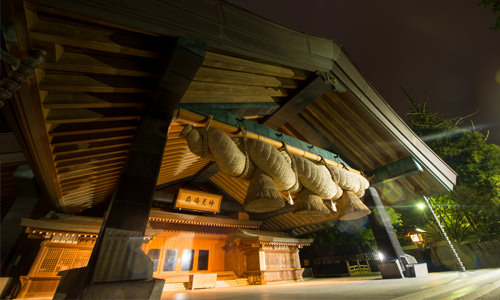
Shimane
Shimane faces the Sea of Japan and is shadowed by the great Chugoku mountain range, making it a relatively isolated place even within Japan. Its culture has been influenced by neighbours like China and Korea, and was once the trade capital between these countries.
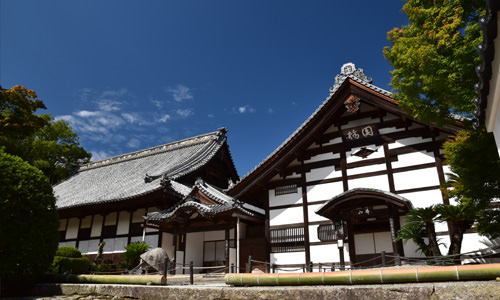
Okayama
Nestled in the Chugoku region, Okayama has many fantastic attractions for its visitors. You can experience the Edo Period townscape alongside a canal area in the city of Kurashiki or visit Koraku-en, which is one of Japan’s Three Great Gardens.
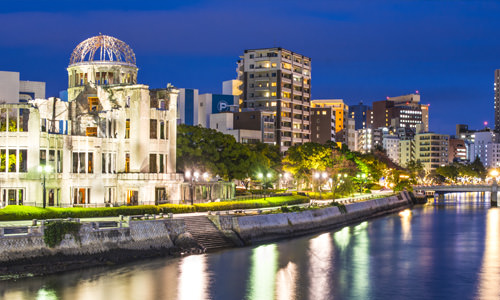
Hiroshima
Hiroshima is located facing the Seto Inland Sea and is most well known as the site of the atomic bombing in WWII. The most visited tourist attraction in Hiroshima is the Peace Memorial Park and the floating Itsukushima Shrine on the coast of Miyajima.
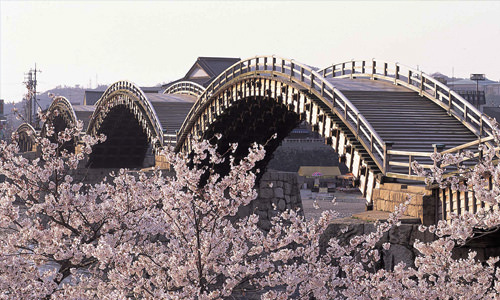
Yamaguchi
At the westernmost end of the main island is Yamaguchi also known as Kyoto of the West. It looks to the Boyo-shoto Island from its Seto Inland Sea coastline and at the western tip is a 3,461 meter long Kanmon Tunnel that connects to Kyushu Island.
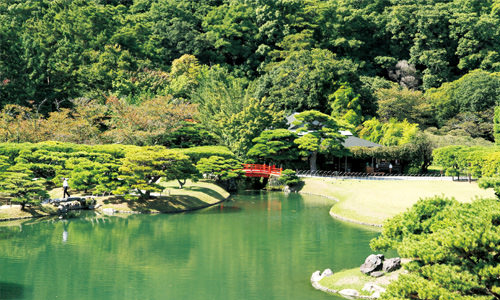
Kagawa
Kagawa faces the Seto Inland Sea and it’s the smallest prefecture in Japan. Kagawa is famous for its udon noodles which was named ‘Sanuki’ after the area’s original name. Kagawa is also the very last stop of the Shikoku 88 Temple Pilgrimage.
Read More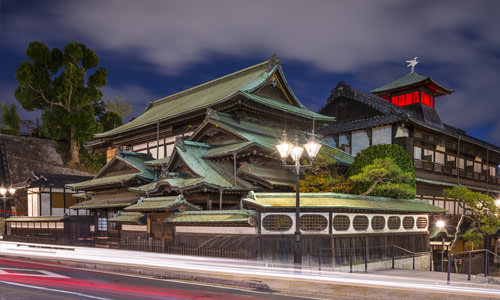
Ehime
Ehime is a naturally rich and beautiful land that belongs to the the Shikoku Island. Ehime is home to the 3,000 years-old, Dogo-onsen hot spring - the oldest in Japan - that has welcomed visitors from all over the world including the emperor.
Read More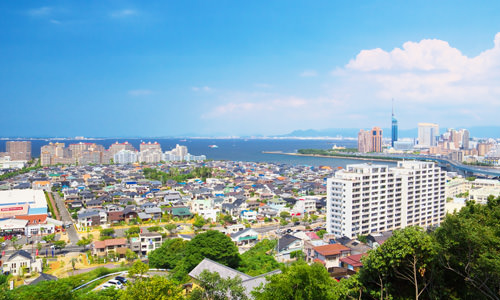
Fukuoka
Fukuoka could easily be said that it’s the capital of Kyushu Island. Most visitors of Kyushu pass through Fukuoka City. It is home to the world’s first space theme park Space World, and it’s also where thee pork-bone broth, Hakata ramen originate.
Read More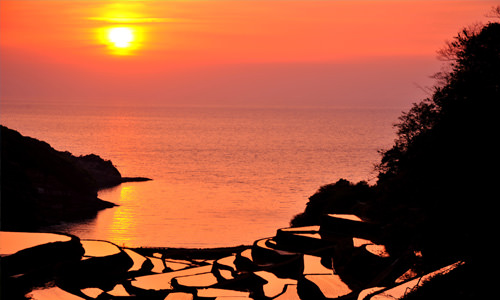
Saga
Situated across from Korea, Saga’s culture has been heavily influenced by Chinese and Korean culture for centuries. The influences can been seen at various historic sites as well as in Saga’s own style of pottery, the Arita-yaki chinaware.
Read More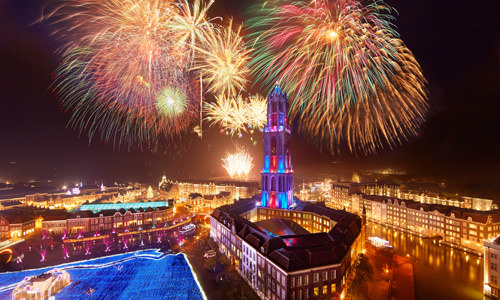
Nagasaki
Nagasaki is made up of five peninsulas and 971 islands. It was once Japan’s most important trade capital with countries like China, Korea, Portugal and Holland. Each of the islands that make up Nagasaki comes with its own unique natural characteristics.
Read More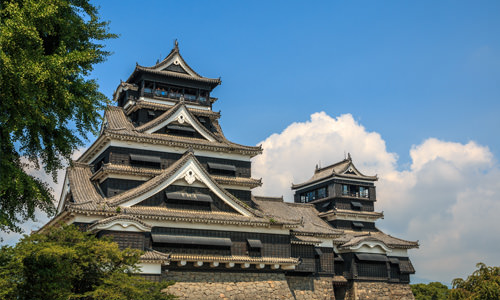
Kumamoto
Located towards the centre of Kyushu, Kumamoto is a land rich in nature with close to 20% of its land belonging to national parkland. Kumamoto is most known for Mt. Aso, an active volcano which heats local hot springs in areas such as Kurokawa Onsen.
Read More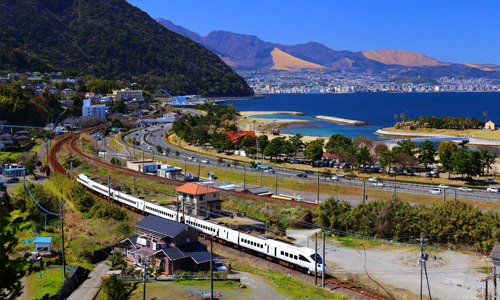
Oita
Oita is located on the eastern coastline of Kyushu Island. Oita is most known for its unique landscapes and hot springs. The Beppu area boasts the largest output of hot spring water and the it’s home to countless hot spring resorts.
Read More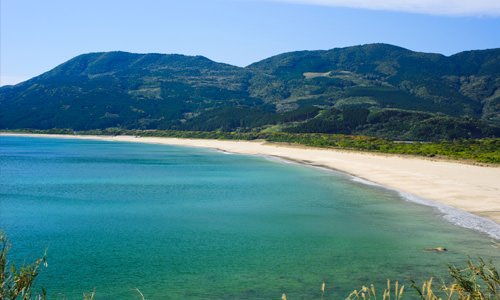
Miyazaki
Miyazaki belongs to the Kyushu Island and it is known for its fantastic beaches. There are a number of surf spots in Miyagi as well as swimming beaches like Aoshima. Visitors can take a walk across a bridge from Aoshima Beach to Aoshima Island.